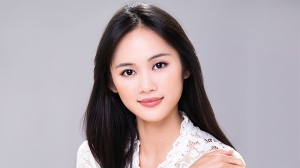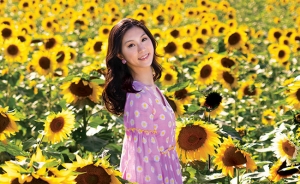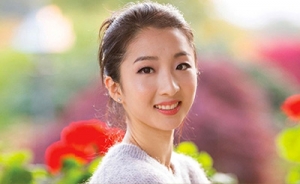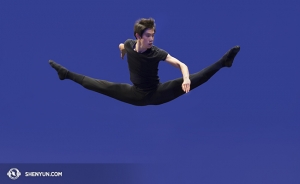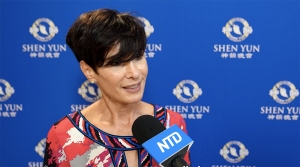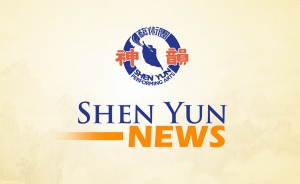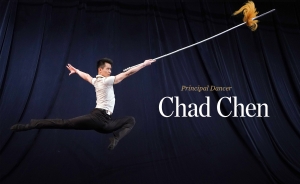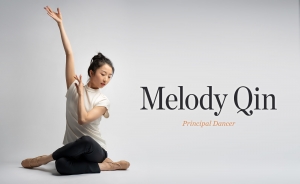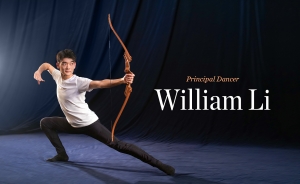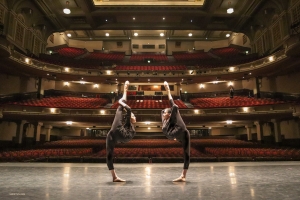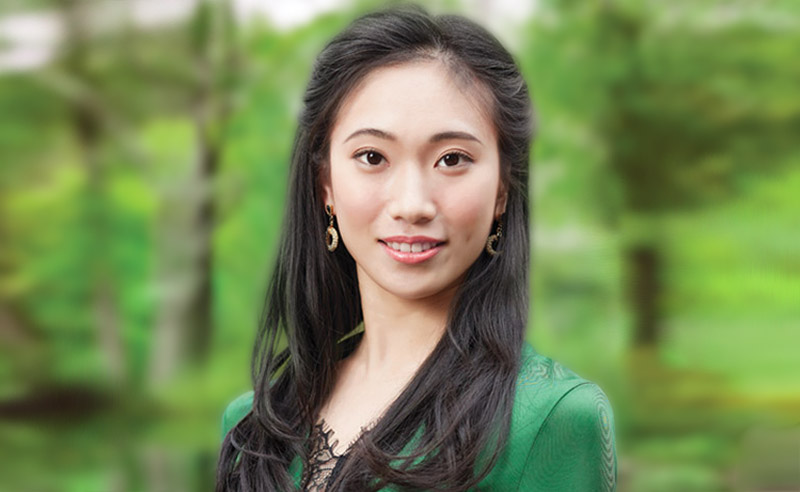
Feature Article: Principal Dancer Michelle Lian
Magnifissance Magazine is France and Canada's leading bilingual luxury lifestyle magazine in Chinese and English, dedicated to bridging East and West through a shared appreciation for the beauty and elegance rooted in both traditions.
In this issue, Magnifissance features Shen Yun lead dancer Michelle Lian. Lian has been with Shen Yun since 2013. In 2018, she tied for first place in New Tang Dynasty Television’s International Classical Chinese Dance Competition (adult female division) and first place in the same competition’s junior division in 2014 and 2016.
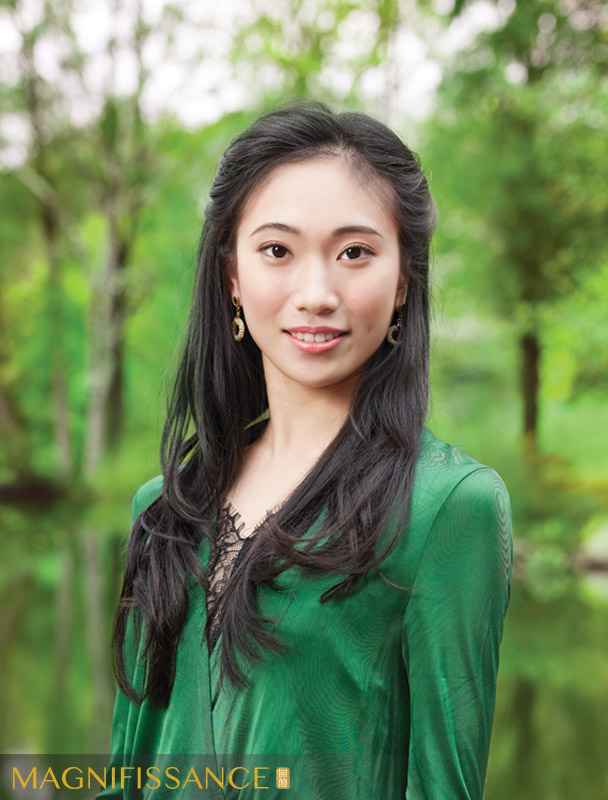
From Magnifissance’s: 'Dancer Michelle Lian on Achieving a State of Beauty'
“Many small things come together to create my concept of beauty,” says Shen Yun's Michelle Lian, one of the world’s top classical Chinese dancers.
In classical Chinese dance, for example, Lian says the dancers put their hands in a mudra or hand position called “lotus fingers.” The position is very simple, yet the details of each dancer’s hands reflect who she is.
“If you move your finger just slightly lower or higher, that small detail is going to change the posture,” she says.
“The reason one finger is slightly higher or looks better is a reflection of her yun,” a dancer’s inner bearing and expression, she says. The dancer’s yun determines the exact position of each hand and even each finger.
“The yun has to be tender and compassionate. It has to be comfortable for other people to look at,” Lian says.
But reaching that standard of beauty requires tremendous fortitude.
“When I see a dancer who does something for one second that was just perfect, that really inspires me because I know she has put in so much effort to achieve it,” Lian says. “That means you’ve practiced it more than 10,000 times.”
But beauty has many dimensions and layers. Lian says what you see on the outside is not the essence of beauty.
“Beauty is something that creates a positive feeling in other people.”
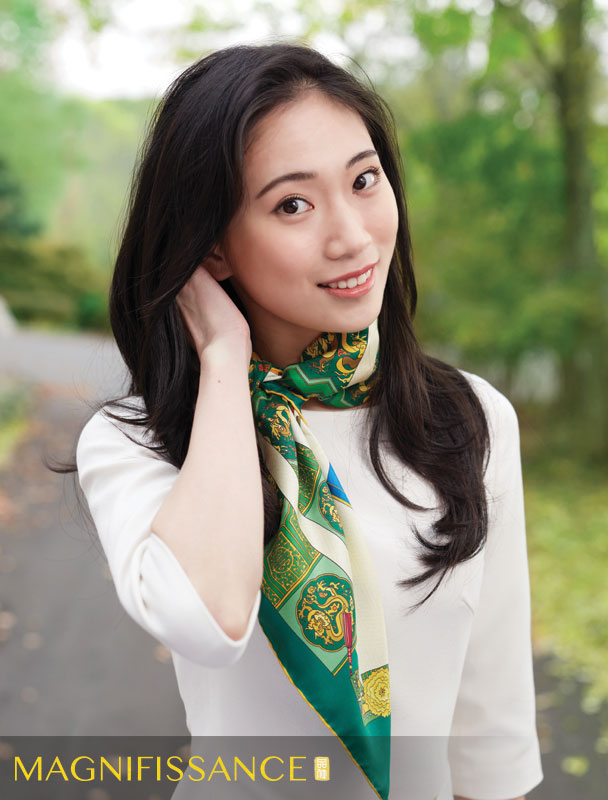
Learning to be beautiful with dancer Michelle Lian
“I don’t think I’ve ever felt beautiful, because there’s always room for improvement,” Lian says. “Beauty takes time and practice.”
She says confidence is a major component of beauty.
“When you’re watching somebody dance, even if her posture and movement are really great but she doesn’t seem to have confidence, it really lacks substance,” she says.
When Lian earned her first lead dancing role, she wasn’t sure she deserved it. During rehearsal, she received criticism for lacking confidence. “It takes courage to face insecurity and fear, and to improve yourself and get that confidence when you’re dancing,” she says.
In Yellow Flowers, one of her first lead roles, the movements were simple and non-technical. The most important part was the inner feeling of the dance.

“I used to just smile with my face, like my skin is smiling. But really I was nervous thinking about the tempos and coordination with other dancers to make the dance look flawless,” she says. “But with classical Chinese dance, you also have to express what’s inside you at a deeper level.”
Her teammates could see her lack of confidence. In one rehearsal before the tour, Lian realized all the veteran dancers were doing something unique to help her.
“All the moves they did, they tried to make themselves stand out less in order to make me come out more from the group,” she says. “They just thought about me during the entire dance. I didn’t realize how much more effort they actually had to put in to make me look like a lead.”
When Lian saw their support, it transformed her.
“I didn’t find confidence myself. My teammates simply gave it to me,” she says. “After that rehearsal, I knew I had this strong backbone behind me." Lian would soon be tested and need to find inner strength on her own.
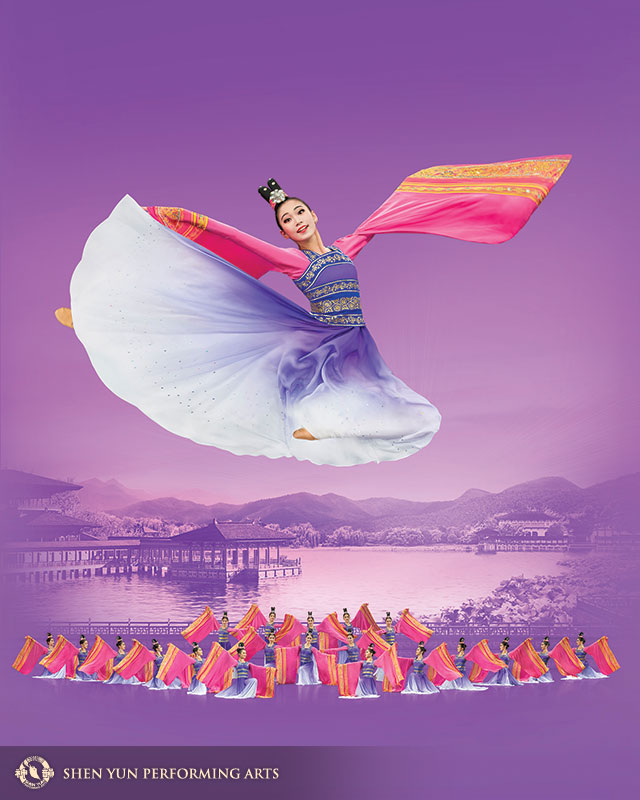
Confidence through selflessness
A couple years ago, Lian was on tour playing the lead of a vignette called Lotus Fairies, and her role was the beautiful lotus fairy. It involved many technical moves that required a pliable back, such as back bends and leaps. But she had hurt her back and couldn’t bend it easily.
“Even when I walked, it hurt,” she says. Her back pain persisted for two weeks during a very busy part of the season, where she often performed two shows a day.
“I was anxious before every show. None of the audience members know what has happened or how uncomfortable you are. You still have to be responsible to them. That’s when you know you have to do it. You just have to do it.”
In between performances as a dancer, Michelle Lian would sometimes hobble around. When the pain was greatest, she would think about her audience and everyone but herself. “It's about letting go of how I personally feel. I’m just one person.” She would think of the orchestra, the other dancers, all the team members working backstage, the promoters and the thousands of audience members who bought a ticket to see Shen Yun.
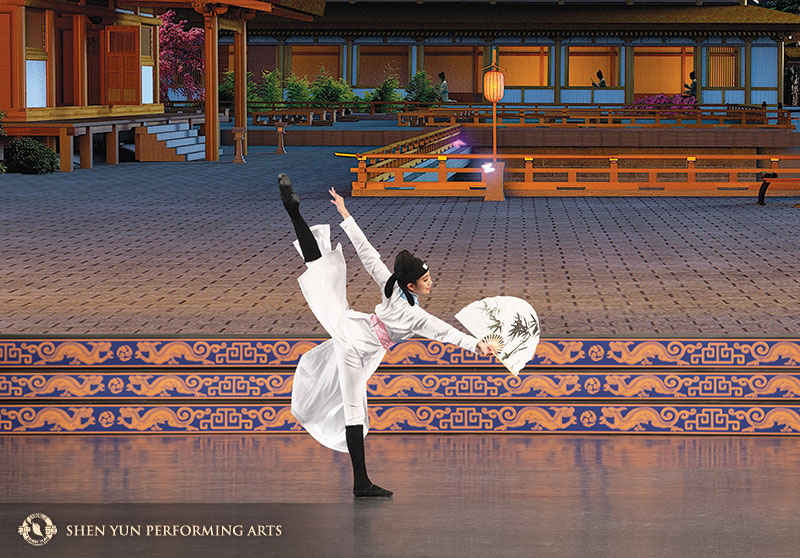
“If I carried my personal emotions onto the stage, then the audience could tell, and perhaps it would make them uncomfortable,” she says. “That disappointment would be much greater than my physical pain at that moment.”
When Lian had this mindset, oftentimes when the music would start and she’d step foot on stage, the pain would disappear. Once she was finished dancing, it would return again.
“It was a miracle that I was able to perform during that time,” she says.
After she performed those two weeks with pain, Lian’s entire outlook toward dance changed.
“It doesn’t matter if your body feels perfect or doesn’t feel right. It’s your mindset that really matters,” she says.
“Confidence is one of the layers of being truthful. It comes from the inside. If you want to be confident enough to show your inside, your inner self has to be beautiful enough, true enough, and compassionate enough to give you the confidence to show it. You need to elevate yourself in order to radiate a positive energy.”


